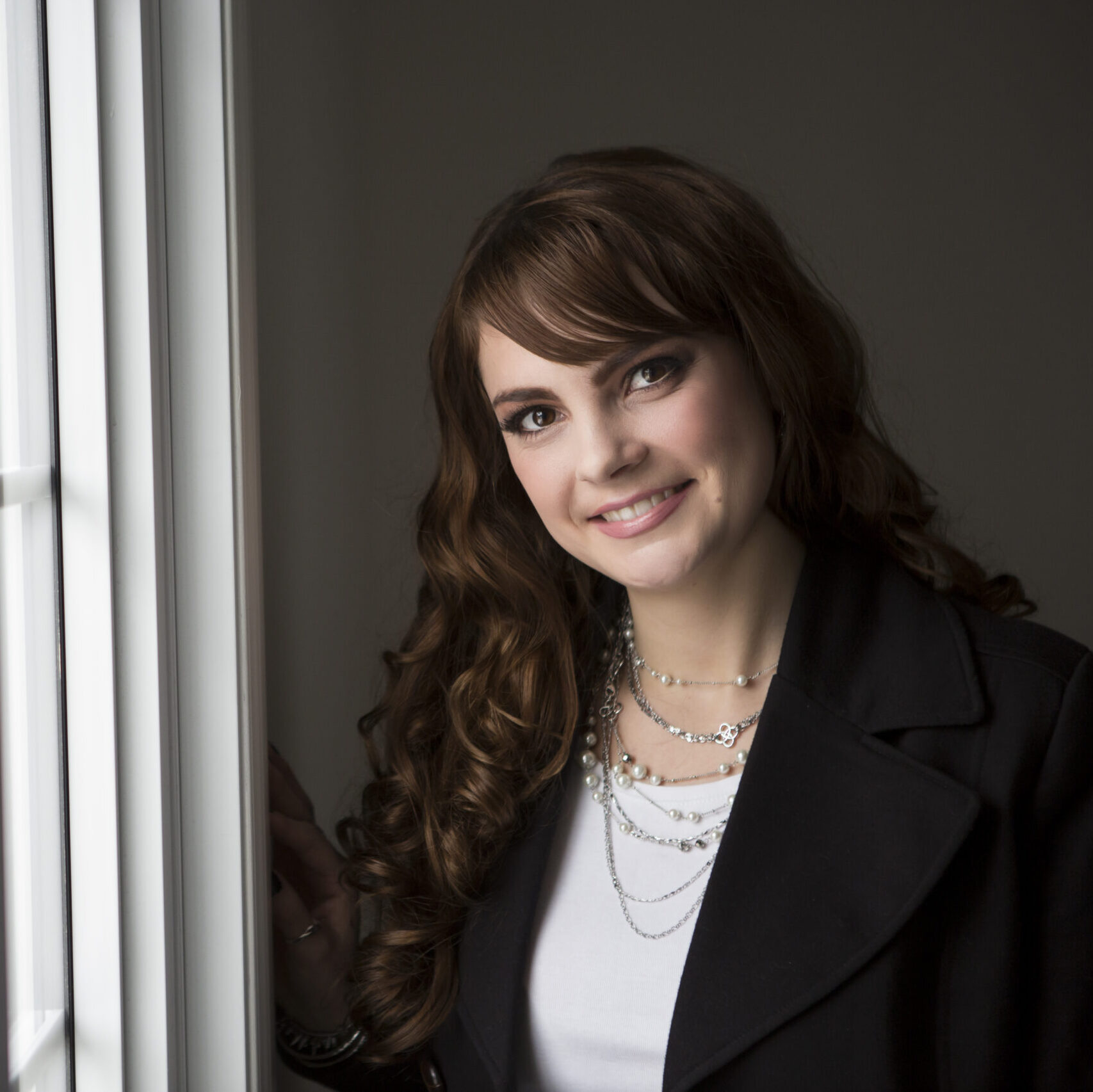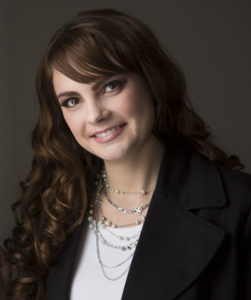Remediating the book metaphor – what makes a book, a book?
Publishers and writers have had the same definition of a book for thousands of years, since Ancient Greece: “The words ‘biblios’ or ‘byblos’ are translatable as either ‘papyrus’ the material, or as the object consisting of papyrus on which it is placed. The common translation “book” is misleading” (Havelock, 2011, p. 41). The word “book” meant the collection of papyrus and so how can we define an e-book when there is no paper?
Electronic books (e-books) have largely imitated the book metaphor by taking on the same characteristics of print books. “We call the representation of one medium in another remediation, and we will argue that remediation is a defining characteristic of the new digital media” (Bolter & Grusin, 2000, p. 45). This remediation of the print book has stifled the potential of the hypertext fiction format.
Hypertext books are “an attempt to overcome the limitations of paper books by adding a series of useful features made possible through the nature of the electronic environment” (Crestani, Landoni, & Melucci, 2005, p. 193). The book metaphor has been used for e-book creation because it is already familiar to writers, readers and publishers. The book metaphor includes technical aspects such as having a linear structure, page numbers, margins, covers, and other qualities of this universally recognized format. Crestani et al. (2005) created a classification of six types of e-books based to an extent on the implementation of the book metaphor:
- Page turners imitate the original paper book;
- Scrolling books mimic text on parchment–scroll down instead of turn pages;
- Portable books focus on digitizing and compressing the original pages of documents to be viewed on portable electronic devices;
- Multimedia books include media such as video, sound, and animation;
- Hypermedia books [including hypertext books] integrate textual material with other related multimedia sources and provide the reader with alternative reading or browsing paths; and
- Cyberbooks are free from any physical or conceptual dependence on the paper book, only appear in electronic format and involve reader interaction (p. 194).
The last five to ten years of publishing have focused primarily, but not exclusively, on producing e-books that fall within these first three categories and thus they stay true to the book metaphor.
So why are hypermedia books not being published in higher quantities since the digital format has opened the door for more innovative narratives?
Video: Joel Friedlander, Book Designer, summarizes the issue of the book metaphor in e-books
***continued***
Navigation menu (Index)
Where is all the Hypertext Fiction in this Digital Age?
1.0 Phenomenology of reading print vs. digital books
<—>
2.1 Remediating the World Wide Web – is hypertext a space?
3.0 Navigating the non-linear hypertext – where to click now?
3.1 Examples of hypertext fiction – how to write hypertext narratives?
4.0 New hypertext narrative forms – what’s beyond the hyperlink?
5.0 The future of hypertext fiction – Cyberbooks?

